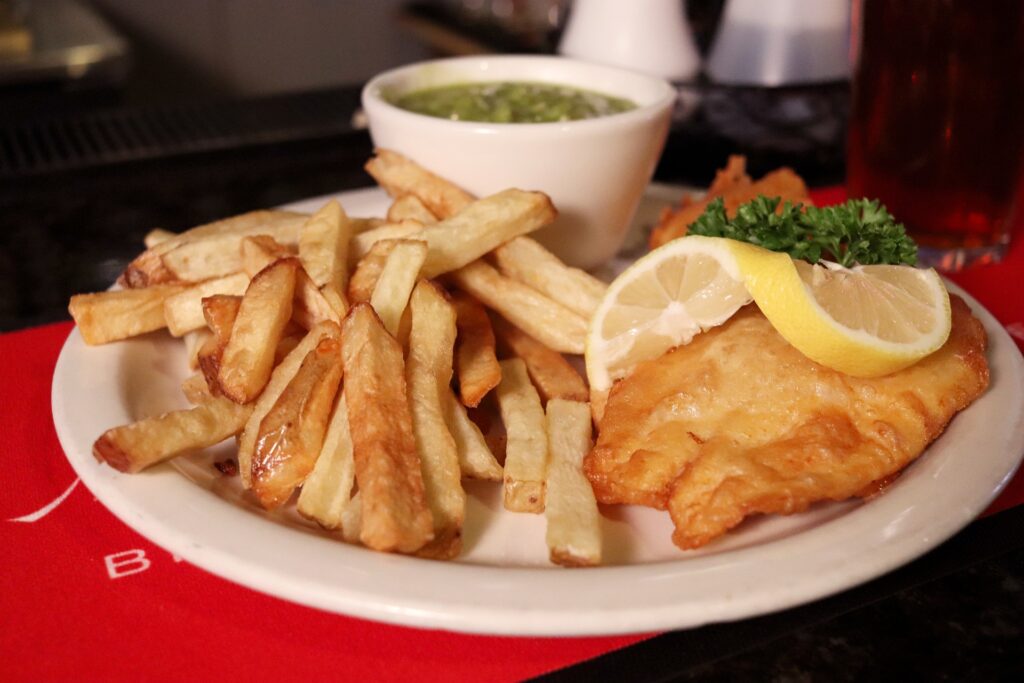In the annals of history, one commodity has stood the test of time, transcending its humble origins to become a symbol of wealth, power, and survival: salt.
This crystalline mineral, essential for preserving food, enhancing flavors, and supporting human health, also played a fascinating role as a form of currency in various cultures across different epochs. It has also played a complex and pivotal role in societies worldwide. Beyond its culinary uses, salt’s historical significance extends to serving as a form of currency, earning it the moniker “white gold.” Embark on a journey through time as we unravel the intricate tapestry of how salt emerged as a valuable medium of exchange across diverse cultures and epochs.
I. The Precious Commodity in Ancient Civilizations:
In the cradle of ancient civilizations, salt wasn’t just a kitchen staple; it was a commodity that fueled trade and diplomacy. The ancient Egyptians, recognizing its divine attributes, incorporated salt into religious rituals. Meanwhile, the Celts engaged in trade with the Romans, exchanging salt for goods and services. Salt’s scarcity in specific regions prompted the development of intricate trade routes, marking it as a coveted resource.
II. Rome’s Culinary and Economic Backbone:
The influence of salt in ancient Rome was pervasive, extending from the kitchens to the battlefield. The very origin of the term “salary” is tied to salt — “salarium” referred to the allowance given to Roman soldiers to purchase this essential mineral. Salt was not merely a seasoning but a cornerstone of Roman cuisine, used in the production of garum, a ubiquitous fish sauce that permeated the culinary landscape.
III. Eastward Trade and Control:
Venturing eastward, we uncover the role of salt in ancient China. Beyond its culinary significance, salt became a government-controlled commodity, heavily taxed to fund imperial projects. The Tang Dynasty witnessed the rise of salt merchants, who, through their trade, played a critical role in financing monumental endeavors, notably the construction of the Great Wall.
IV. West Africa’s White Gold Trade:
In the trans-Saharan trade networks of West Africa, salt was exchanged for gold, cementing its reputation as “white gold.” The mineral’s value was so high that it became a symbol of wealth and prestige in these regions. The trade of salt for gold created economic ties and cultural exchanges that shaped the civilizations along these trade routes.
V. Medieval Europe and the Rise of Venice:
As Europe transitioned into the medieval era, salt’s importance soared. Used not only for preserving food but also as a source of revenue, various regions imposed taxes and tolls on this indispensable mineral. In the heart of this economic landscape was Venice, a city that held a virtual monopoly on the salt trade. Salt warehouses and granaries became symbols of power, showcasing Venice’s dominance in the salt market.
VI. Symbolism Beyond Taste:
Salt transcended its practical uses and took on symbolic significance in many cultures. It was associated with purity, loyalty, and hospitality. Sharing salt became a ritualistic act, signifying trust and camaraderie. The symbolism attached to salt not only shaped cultural practices but also underscored its deep-rooted importance in human interaction.

As we traverse the annals of history, the narrative of salt as currency unfolds as a compelling testament to its multifaceted role in shaping economies, cultures, and societies. From ancient rituals to medieval trade routes, salt’s journey is not just a chronicle of commerce but a tale of survival, prosperity, and the enduring value of this “white gold” through the sands of time. In every granule lies a story that spans centuries, connecting civilizations and leaving an indelible mark on the human experience.



